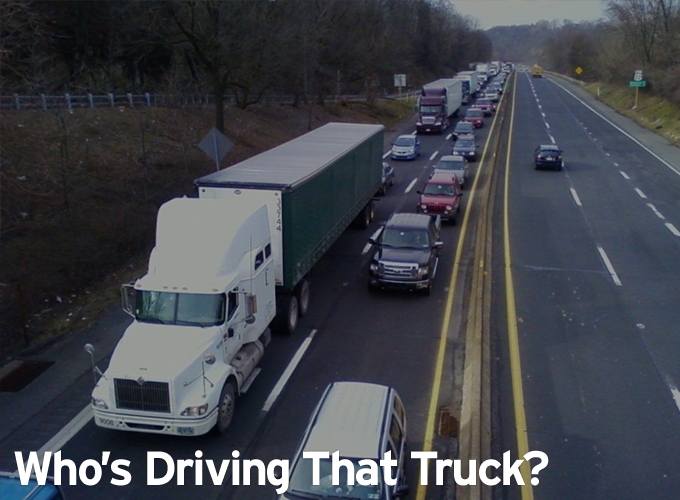While self-driving cars get most of the credit for capturing the publics imagination, autonomous or nearly autonomous tractor-trailers are starting to move goods across the worlds highways.
Len Calderone for | RoboticsTomorrow
It’s always scary when driving down the freeway with huge eighteen-wheelers driving along side of your vehicle. It is even scarier, when you look over and do not see a driver. Trucking is an important part of our economy and our lives. Almost everything that we buy is delivered by a truck, but who’s driving?
.jpg)
Yet, with these statistics, the efficiency of delivery logistics has been progressively improving, and the utilization of autonomous technology will continue that trend. Trucking companies, such as Daimler, Freightliner, Otto, and Volvo are testing autonomous trucks because autonomous trucks are more efficient as they can operate 24/7. Laws limit human drivers to working eleven hours a day before they must take an eight-hour break.
Freightliner introduced the Inspiration Truck last year, which is based on the Freightliner Cascadia Evolution series production model. It is approved for autonomous driving on public highways in Nevada; and it is functioning to unlock autonomous vehicle advancements that reduce accidents, improve fuel consumption, cut highway congestion, and safeguard the environment.
The Inspiration Truck is equipped with the Highway Pilot sensors and computer hardware. This system links a high-tech set of camera technology and radar systems with lane stability, collision avoidance, speed control, braking, steering and other monitoring systems, producing a Level 3 autonomous vehicle operating system that can perform safely under a range of highway driving conditions.
.jpg)
The Highway Pilot collects and analyzes data in the general context of the logistics transport system. It processes data ranging from weather, road conditions, vehicle speed and traffic congestion while navigating, communicating with the shipper, the fleet and other vehicles around the truck, as well as interacting with the cars and trucks, sharing the road.
If you see a truck with the name “Otto” stenciled, don’t be surprised if the driver is not driving. It is a test tractor trailer from the company that was founded in January by Anthony Levandowski, a veteran of Google’s autonomous car division, and Lior Ron, previously in charge of Google Maps, who are working to turn existing trucks into autonomous vehicles. Uber liked the concept and recently purchased Otto.
Their vehicles are designed to drive from “exit to exit” on major highways with a driver to handle emergencies and to monitor progress. Otto’s technology is intended to improve safety and reduce driver fatigue.
.jpg)
About a dozen trucks from major manufacturers completed a week of mainly autonomous driving across Europe, which is the first such application on the continent. The trucks started from three European countries and completed their trips in Rotterdam, Netherlands. One set of trucks, made by the Volkswagen subsidiary Scania, traveled more than 1,243 miles and crossed four borders to arrive at its destination.
.jpg)
Autonomous tractor-trailers are not expected to reach full production before 2025 but with some limitations. Engineers are still working on the technology, especially the software; but legal hurdles must be overcome. In the United States, autonomous trucks are prohibited on public roads, although self-driving cars are permitted in California, Florida and Michigan. There are such legal questions as who is responsible if the truck is in an accident? If the truck disobeys a traffic regulation, who gets the ticket? How are insurance premiums calculated? If the truck fails a roadside inspection, who accepts the citation? All of this will happen in the following five stages with the first three already realized:
.jpg)
For additional information:
|
Len Calderone - Contributing EditorLen contributes to this publication on a regular basis. Past articles can be found with an Article Search and his profile on our Associates Page He also writes short stores that always have a surprise ending. These can be found at http://www.smashwords.com/profile/view/Megalen.
|
 |
The content & opinions in this article are the author’s and do not necessarily represent the views of RoboticsTomorrow
Comments (0)
This post does not have any comments. Be the first to leave a comment below.
Featured Product


